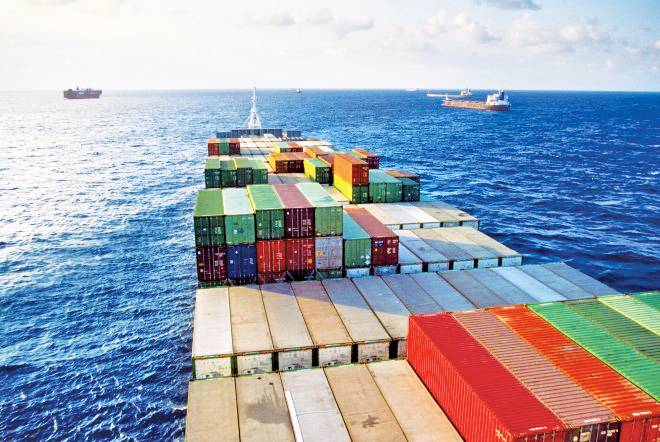
Containership deliveries changed course in 2016, toppling from the record level of 1.7m TEU in 2015 to reach just 0.9m TEU, having previously increased each year between 2011 and 2015. If deliveries remain at these slightly more moderate levels in coming years, this could potentially herald a new era of less robust fleet growth in the boxship sector.
The dramatic slowdown in boxship deliveries last year, alongside record levels of demolition, led to fleet growth of just 1.2% in 2016, down from 8.1% in 2015. The volume of containership capacity delivered in 2016 was the lowest since 2004 and dropped by 46% y-o-y from record levels in 2015, to 127 vessels of 903,662 TEU.
Deliveries in 2016 were concentrated in the larger sizes, with 89% of delivered capacity accounted for by the 8,000+ TEU sector, the highest level on record. However, delivered capacity in the 8-12,000 TEU sector declined 53% y-o-y, while deliveries in the 15,000+ sector dropped by 50%. In the sub-8,000 TEU sector, deliveries declined 52% y-o-y to just 102,536 TEU in 2016, reflecting limited ordering in this size range in recent years, and overall in 2016 the sub-8,000 TEU fleet declined by 4.8% in terms of capacity.
The smaller volume of boxship capacity scheduled for delivery in 2016 was the primary factor in the slowdown in deliveries last year. At the start of 2015, the orderbook scheduled for delivery in 2016 totalled 1.1m TEU, a 44% decline relative to deliveries scheduled for 2015.
However, rising ‘non-delivery’ of the scheduled start year orderbook, from 11% in 2015 to 33% in 2016, also significantly impacted deliveries last year, with delays to deliveries to owners in the ongoing difficult market conditions. The level of ‘non-delivery’ was particularly substantial in the 8-12,000 TEU sector, reaching 42% in 2016, compared to just 7% in 2015.

Current projections suggest that deliveries in 2017 may accelerate from 2016 levels, boosted by the surge in ‘mega’ boxship contracting in 2015. Indeed, deliveries in the 15,000+ sector in 2017 are expected to be fairly similar to 2015 levels, which is likely to present continued challenges to operators managing capacity on the mainlanes.
However, overall delivered capacity is projected to remain below the 2015 level, with very limited deliveries projected in the mid-size sectors. Deliveries into the smaller sectors are projected to rise y-o-y, although remain at a historically subdued level. In 2018, total boxship deliveries are projected to remain relatively steady y-o-y.
So, the sluggish level of deliveries in 2016 broke the consecutive four year run of growth in delivered capacity. Over time the rate of growth in the boxship fleet has moderated, averaging 11% in 2000-09, and 6% in 2010-16. With more moderate deliveries, and elevated levels of demolition, fleet growth of c.3% p,a. is projected in 2017 and 2018. Overall, delivery trends, alongside other factors, could be signalling the start of a more languid period of growth in the boxship fleet.
(Source : Clarkson Research Services)

















